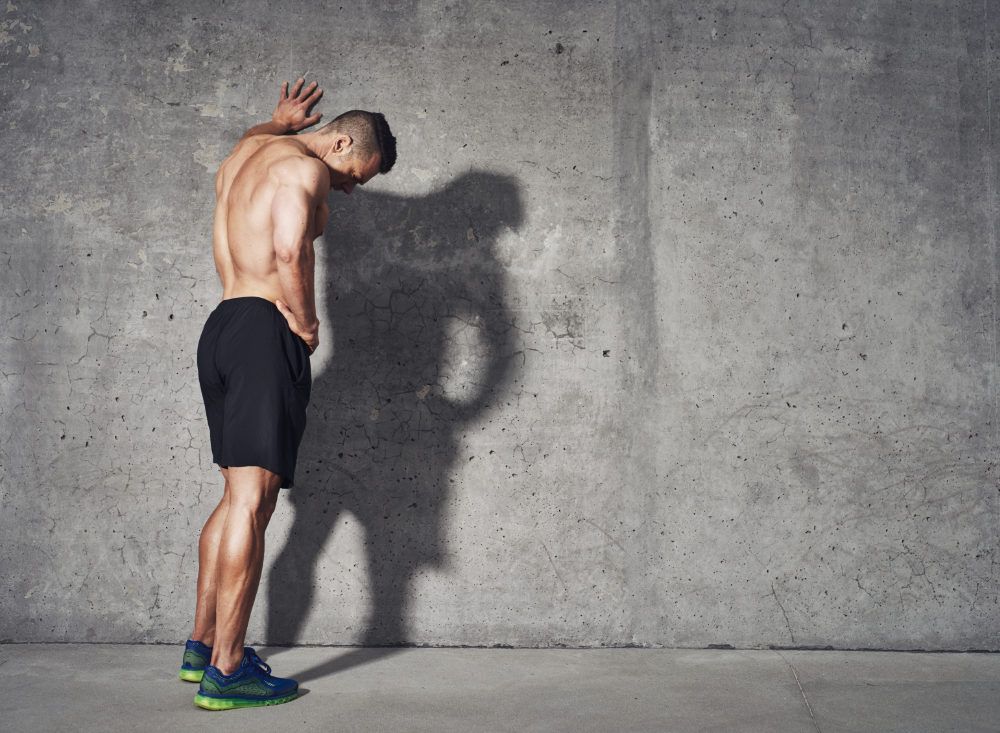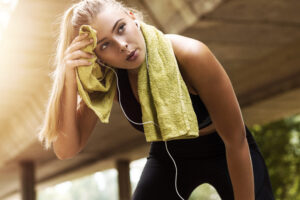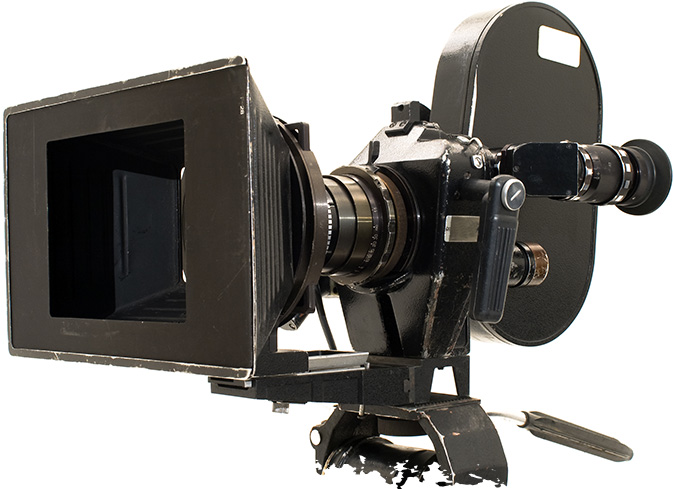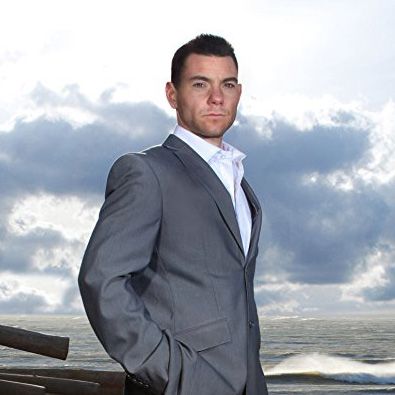
6 Tips For Athletic Recovery
Recovery is all about making sure that after high intensity training or competition, you can get up the next day and perform at the same level. Whether you are working in the film industry or not here are some tips from Tom Lowes to help you optimise recovery and maintain physical and mental performance.
Here are the main 6 things I consider when planning a recovery strategy:
1. Always warm up / cool down
Always, always complete a warm up session before exercise and cool down after any exercise. Ideally this should be specific to the training you are about to complete. It’s non-negotiable. The warm up and cool down should address movement in all three planes of motion, include dynamic stretches/movements, activation exercises and light cardiovascular work.
2. Plan your nutrition & hydration
My main insight here is to ensure good planning. I don’t specifically advise as I’m not a nutritionist, but you will find great content on Fit For Films more specific to what nutrition is best for performance and recovery. Unless someone is preparing food for you, make sure you get your meals for each day prepped in advance. Good intentions need a good plan.
We are made up of roughly 65% water so don’t underestimate hydration. A good rule of thumb is to consume around 0.033kg your bodyweight in liters. If you are a bit over weight then this calculation is best made with your optimal/goal body weight.
3. Use ice (ice packs / cryochamber / compression units)
This can be done in a whole host of different ways and it depends on where you are and what you have access to – you can be strapping a bag of peas to your ankle, or stepping into a state of the art, whole body cryochamber for 3 minutes at -200 degrees. Both cause vasoconstriction (closing) of the blood vessels and reduce inflammation, swelling and muscle soreness. Peas are less expensive than cryochambers!
If you have an injured area of your body, say a swollen knee or dead leg, its best to combine ice therapy with compression. The two options I use are the GameReady device and the Squid compression device. GameReady is fairly bulky, but brilliant at what it does and can be programmed to work through the night. Squid device doesn’t have as many features but is brilliant on the move as it’s portable and can fit in a football boot bag. I take one of these with me everywhere, and as it can be taken on as hand luggage it can be used in-flight.
4. Get a massage (massage / foam roll / normatec)
Massage can be used pre and post exercise to help with recovery. Improvement with DOMS, joint range of motion and flexibility can be seen – especially if administered 2-6 hours after exercise. In my view if you can get a massage, then always choose it over a foam roller, but foam rolling is obviously more readily accessible and definitely a good option. There have been a number of studies that have shown foam rolling reduces DOMS, increases joint range and reduces tender spots in muscle.
The Normatec device uses giant sleeves that fit over your entire leg or arm which produce pulsing massage through a compressed air system. The main benefit is that you can sit back and the work is done for you. Again, you can’t beat hands on treatment but this is a good alternative.
5. Try acupuncture
I view Acupuncture as my secret weapon. The results it gets are pretty amazing in terms of reducing muscle tension, pain and general relaxation. My approach is Western Medical (instead of Traditional Chinese) as it fits my philosophy and integrates with my overall treatment approach. The treatment can focus on a really specific effect on a muscle trigger point via the stretch reflex, or a general pain effect utilising the body’s endogenous opioid pathways (self-produced pain killers), both of these mechanisms can also be combined. Acupuncture can also be used to calm down the adrenal system after an intense day, promoting better sleep.
6. Prioritise sleep
This is the big consideration that most people are not getting right, and it’s probably because they aren’t truly aware of its importance. Without enough sleep we alter our hormonal patterns, digestive patterns, increase our risk of infections and illness, and reduce our cognitive ability. We don’t heal well because our levels of the stress hormone cortisol increase and this lowers muscle protein synthesis, our growth hormone production decreases and this reduces muscle growth and tissue repair. With all of this in mind, if you’re injured then to some extent, I’d even prioritise your sleep over your rehab.
Studies have found that athletes that sleep less than 7.5 hours per night were 1.7 times greater risk of injury. This is in part due to the points above, but it is also because reaction time, decision making and alertness is also poorer. Further to this, sleeping less than 3 hours has been shown to be cognitively the same as being over the drink drive limit.
To help plan your sleep you need to understand your circadian rhythm. Your circadian rhythm is your 24-hour internal cycle managed by our body clock. This internal clock regulates internal systems such as sleep, hormone production, mood, temperature and digestion. It’s cue’d primarily by daylight and is totally ingrained in us having evolved over millions of years. During a natural circadian rhythm, sun set triggers the secretion of the sleep preparing hormone melatonin, and the sun rise flicks it off like a switch. Melatonin is incredibly sensitive to daylight, which is full of blue light. Our modern-day problem is that blue light rays are given off by the electrical devices we often use at night – mobile phones, laptops, tv’s, tablets, and most devices with a screen or standby light. Once it’s dark, using these devices, or having them in the same room we sleep in, significantly reduces melatonin production. This leads to disrupted, poor quality sleep which is often labelled “junk sleep” by sleep scientists.
To prepare a good sleeping environment:
- Black out blinds / eye mask
- Digital curfew – no blue light screens at least an hour before bedtime. Ideally don’t bring these into the bedroom at all
- Keep it cool – set the thermostat in the bedroom to around 18 degrees
I hope you find this outline helpful, it is by no means a comprehensive list but provides some good principles for you to stick by.

















